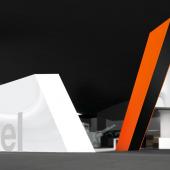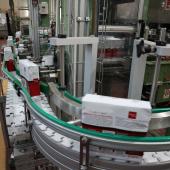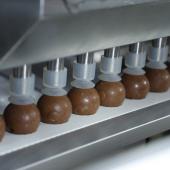Sustainability strategies
In a market of mindful consumers, attention to the sustainability of packaging is a virtuous trend, very much felt in the beauty and consumer goods sector, where it has also become a driving factor for marketing.
The trend was also confirmed by ADF & PCF, where many exhibitors focused on solutions with low environmental impact, some of which were presented during an Eco Tour created by the organizers to discover innovative packaging and accessories, developed under the sign of sustainability. We here offer a brief overview of the proposals at the fair, from which emerge some recurring strategies.
Reduction in the use of raw materials

Giflor - Eco Low Profile. A line of patented closures with reduced dimensions (-50% compared to traditional), entirely recyclable and available in different shapes and in mono or bi-color version. Featuring considerable reduction in the amount of plastic used and in energy consumption, logistical facilitations.
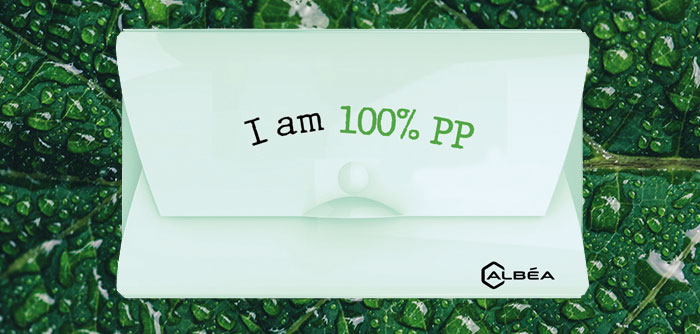
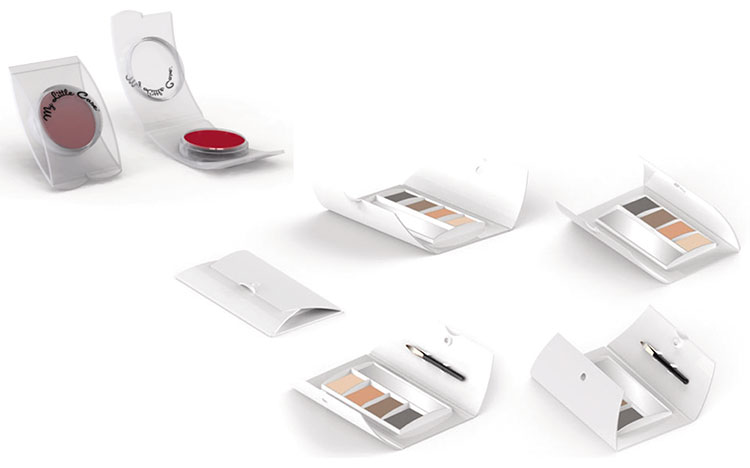
Albéa - My Style Bag and My Little Case. Lightweight plastic palette, designed in one piece and made of a single material (PP) to facilitate recycling. About 30% less plastic is used than with a conventional palette, thanks to the ultra-compact format that is both discreet and fun.
Monomaterial solutions, easy to recycle
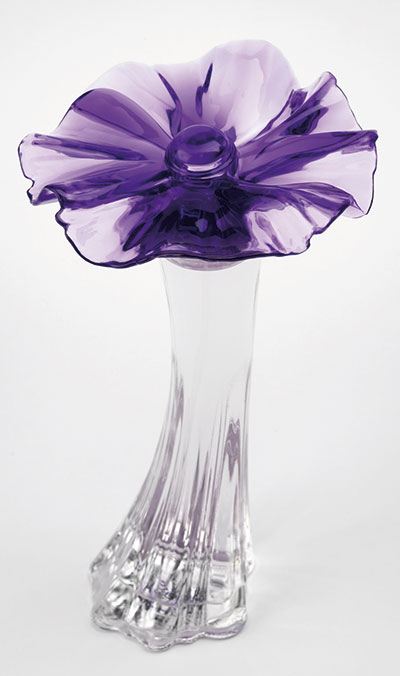
DUPONT™ - Surlyn® A versatile ionomeric resin, which combines resistance to impact, abrasion, crystalline transparency even on large thicknesses, and chemical resistance. These characteristics make it suitable for contact with aggressive or unstable products and that guarantee absolute freedom of design (it can be used to make caps for perfume bottles and jars for any formulation, without any coating). The products in Surlyn® are therefore recyclable as well as enabling processing at very low densities, hence allowing lighter than traditional solutions.
Clayton Corporation - 100% PET aerosol dispenser. A valve entirely made of PET, without the traditional metal collar, which can not be separated from the packaging body.
Use of post-consumption recycled materials
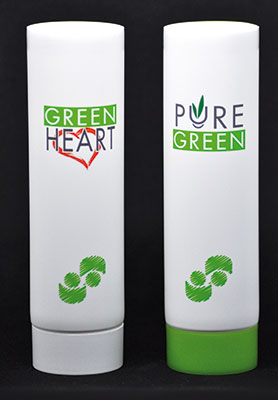
Scandolara - Green Heart. 3-layer coextruded tube, of which the intermediate one is made of recycled HDPE certified material obtained by the selection of selective packaging used in the food industry (in particular milk bottles). The recycled polyethylene is placed between two thin layers of virgin PE: in this way, the use of virgin material is reduced up to 40% but the tube maintains its physical (compatibility between product and packaging, excellent seal) and aesthetic properties, ensuring optimal printing results.
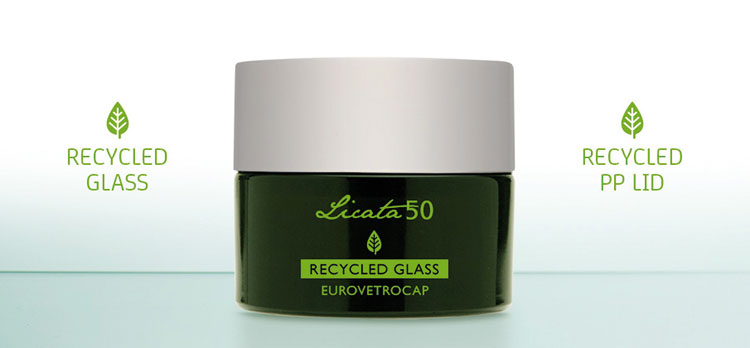
Eurovetrocap in partnership with Zignago Vetro - Licata. Cosmetic jar made with a percentage of post-consumer recycled glass of more than 75% (90% if we also consider post-production recycled glass), which offers a 99% shielding against UV rays. A reduction of CO2 emissions of up to 36% is estimated, compared to the production of the same article in transparent non-recycled material. To complete the pack, the Licata 100% post-industrial recycled PP lid and the Licata 100% lid in green PE.
Low impact biomaterials of non-fossil origin
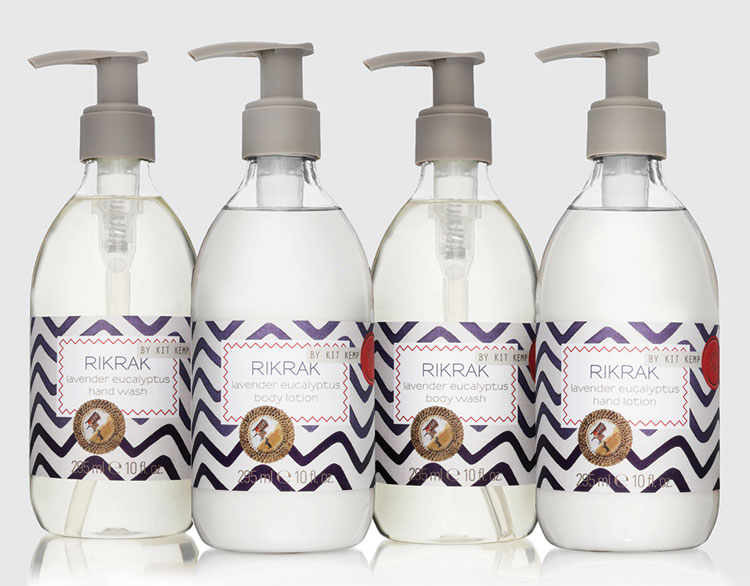
Spectra - Biopolymer bottles. Available both in PET and in HDPE made with ethanol-based biopolymers, coming from sugar cane processing waste, they maintain the same performances, chemical and aesthetic properties of PET and traditional HDPE. Totally recyclable, they are the ideal solution for packaging responsibly, without sacrificing quality.
Use of biodegradable materials
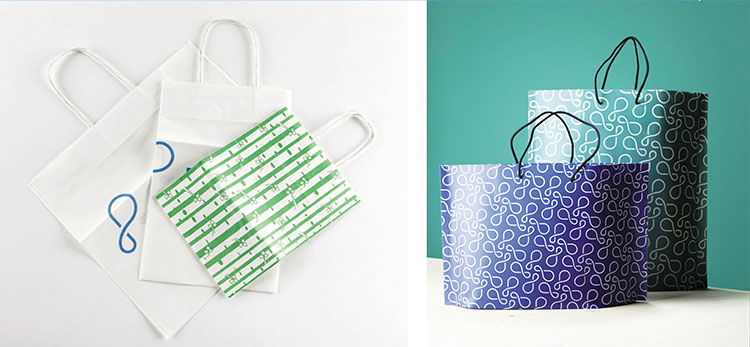
Paptic - It is not paper, it is not plastic ... it is Paptic®. New packaging material entirely biobased, which combines the sturdiness of plastic with the sustainability of paper, which also maintains high quality during printing. Made of wood fibres from sustainably controlled and managed forests, it is available on request as FSC certified material. Recyclable in the paper fraction, it is biodegradable under industrial composting conditions (EN 13432). Packaging made with Paptic® can be produced on standard paper packaging lines: no new infrastructure or machines are needed.
Reusable and refillable packaging
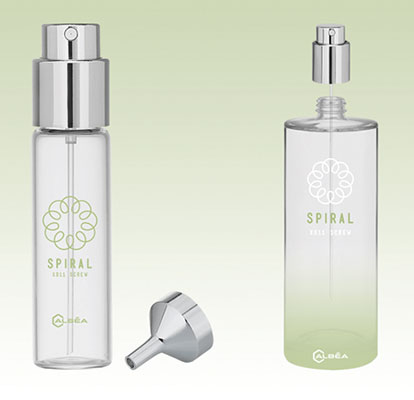
Albéa - Spiral. New concept of plastic perfume pump. Using the XD11 platform, the screw insert leads to the recyclability and separability of the packaging. Made in GCMI15, the solution saves 21% of CO2 emissions compared to the industry standard (metal cv15 / E4).
Optimization of production processes, reducing energy consumption, emissions and polluting waste

Heinz-Glas - Klein Eden. A green oasis in the heart of Bavaria (Tettau), which houses greenhouses for the production of organic fruit, heated 7 days a week, ponds of tropical fish farming and ecological homes, whose energy supply comes from the recovery of the heat produced by Heinz- Glas ovens for the fusion of glass, all with zero emissions ... It is just one of the many initiatives of the company, which has always been committed to improving the sustainability of its processes.
Among the measures implemented, we cite: the construction of sewage treatment plants for the cleaning of waste water and of energy efficient plants; the use of renewable energy; the development of water-based varnishes with low VOC content; participation in the European emissions trading platform; the purchase of resources through regional partners at km 0; optimized transport planning; the use of waste heat from processes such as heating energy. And, in the daily work habits, the application of guidelines for the use of the company car and the use of recycled paper in the company.













